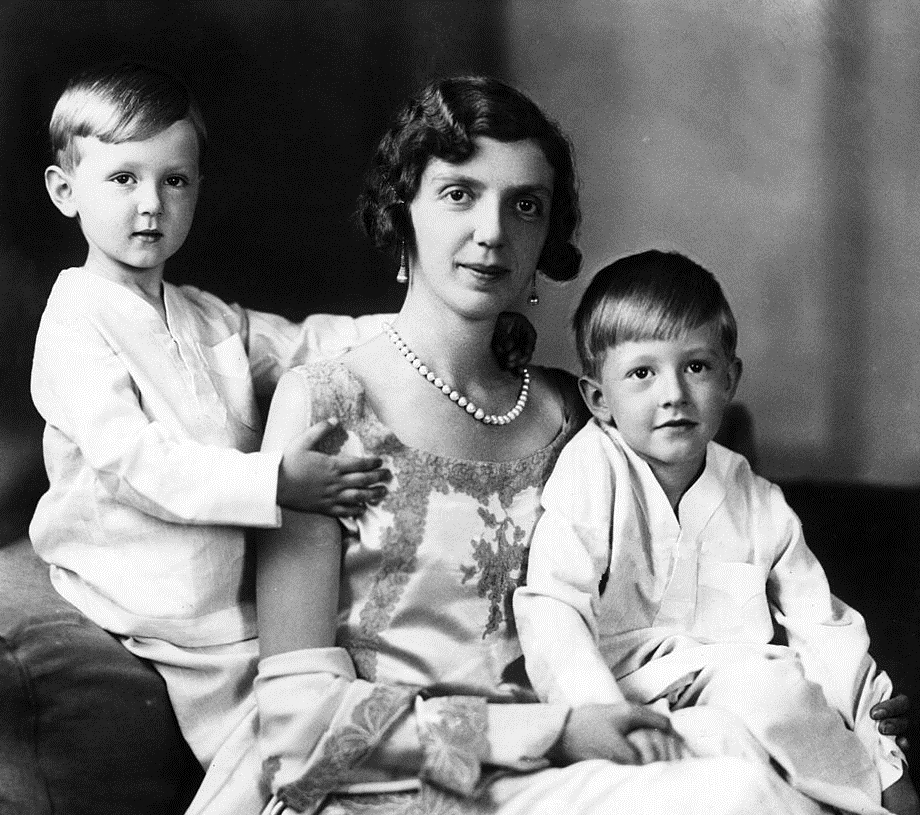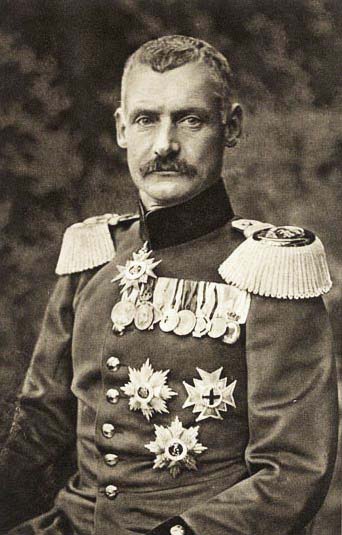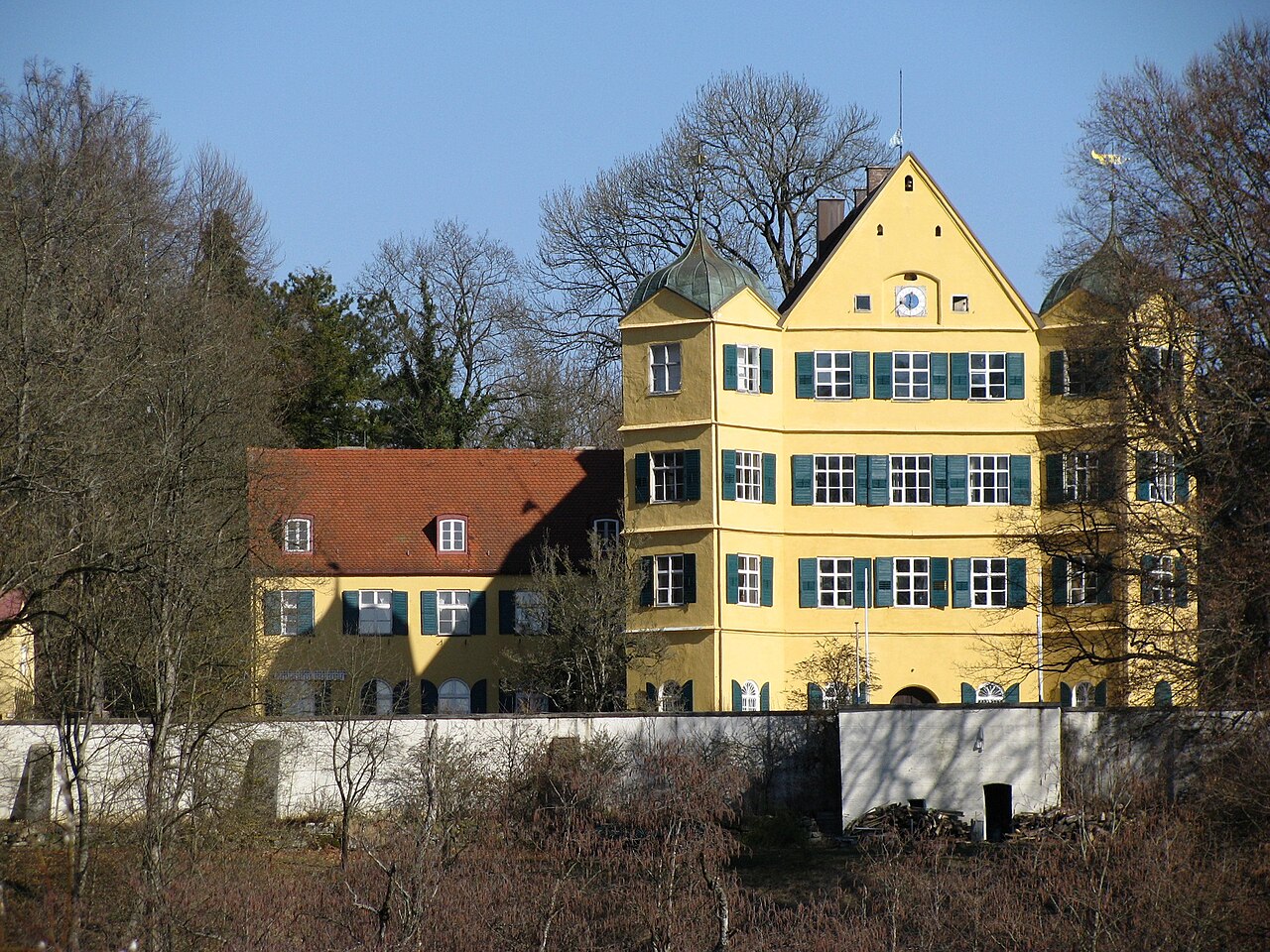by Scott Mehl
© Unofficial Royalty 2021
Prince Friedrich Christian of Saxony, Duke of Saxony, Margrave of Meissen was the first pretender to the former throne of Saxony, and head of the House of Saxony, from 1932 until his death in 1968.

Prince Friedrich Christian of Saxony, Margrave of Meissen photo: Wikipedia
Prince Friedrich Christian Albert Leopold Anno Sylvester Macarius of Saxony was born in Dresden on December 31, 1893, the second son of the last King of Saxony, King Friedrich August III of Saxony and his wife Archduchess Luise of Austria, Princess of Tuscany. He had six siblings:
- Georg, Crown Prince of Saxony (1893-1943) – became a Roman Catholic priest and renounced his succession rights
- Ernst Heinrich (1896-1971) – married (1) Sophie of Luxembourg, had issue; (2) Virginia Dulon, no issue
- Maria Alix (born and died1898) – died at birth
- Margarete Karola (1900-1962) – married Friedrich, Prince of Hohenzollern, had issue
- Maria Alix (1901-1990) – married Franz Joseph, Prince of Hohenzollern-Emden, had issue
- Anna Monika Pia (1903-1976) – married (1) Archduke Josef Franz of Austria, had issue; (2) Reginald Kazanjian, no issue
After studying at the Military Academy in Dresden, Friedrich Christian served during World War I in the General Staff on the Western Front. Due to his fluency in several languages, he was sent on diplomatic missions to Spain, Turkey, and Austria. The Saxony monarchy ended in November 1918 when the German Empire collapsed and his father abdicated. Friedrich Christian then devoted his time to academics, studying law at universities in Cologne, Freiburg, Wroclaw, and Würzburg. After earning his degree, he taught art history privately before being asked by his father to take over the management of the family’s estates in Saxony and Silesia.
On June 16, 1923 in Regensburg, Friedrich Christian married Princess Elisabeth Helene of Thurn und Taxis, the daughter of Albert, 8th Prince of Thurn und Taxis and Archduchess Margarethe Klementine of Austria. Together, the couple had five children:
- Prince Maria Emanuel, Margrave of Meissen (1926) – married Princess Anastasia of Anhalt, no issue
- Princess Maria Josepha (1928) – unmarried
- Princess Anna (1929) – married Roberto de Afif, had issue
- Prince Albert, Margrave of Meissen (1934) – married Elmira Henke, no issue
- Princess Mathilde (1936) – married Prince Johannes Heinrich of Saxe-Coburg and Gotha, had issue
That same year, Friedrich Christian became heir apparent to the former throne of Saxony when his elder brother renounced his rights to the throne and entered the priesthood. Nine years later, in February 1932, his father died and Friedrich Christian became Head of the House of Saxony and pretender to the former throne. At that time, he took on the historic title Margrave of Meissen. Over the next years, the family moved around quite a bit – living in Bamberg for several years before settling at Wachwitz Castle in Dresden until 1945. Moving several more times, they eventually settled in Munich in 1955.

Burial site at the Königskapelle. photo: Wikipedia
Friedrich Christian, Margrave of Meissen, died on August 9, 1968 in Samedan, Switzerland. Some years earlier, he had chosen the Königskapelle in Karrösten, North Tyrol to be his future burial site, instead of Dresden Cathedral, the traditional burial site for the Saxon family. He had a crypt designed in the grounds next to the chapel and is buried there alongside his wife and eldest son.
* * * * * * * * * *
Saxony Resources at Unofficial Royalty
- Kingdom of Saxony Index
- Profiles: Saxony Rulers and Consorts
- Rulers of Saxony
- Saxony Royal Burial Sites
- Saxony Royal Dates
* * * * * * * * * *
This article is the intellectual property of Unofficial Royalty and is NOT TO BE COPIED, EDITED, OR POSTED IN ANY FORM ON ANOTHER WEBSITE under any circumstances. It is permissible to use a link that directs to Unofficial Royalty.


















